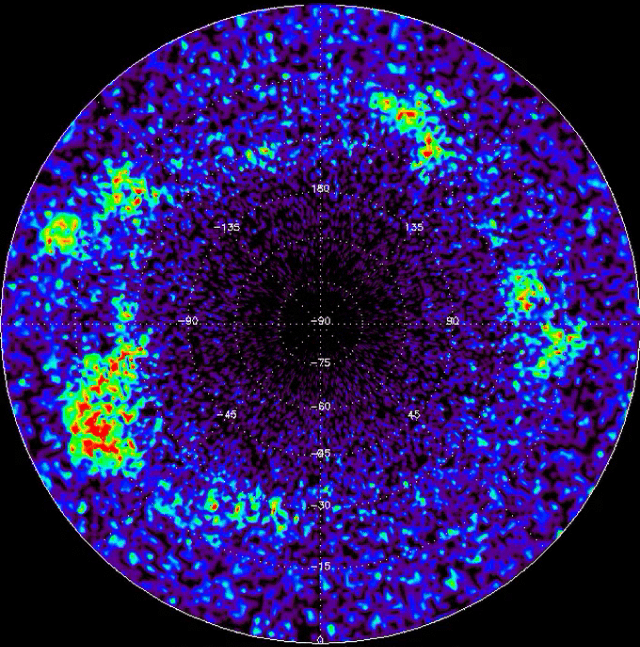New Data Could Help Give Warning of Catastrophic Solar Storms

Late 1859 might have seemed like an ordinary autumn, except for a few things. Perhaps the most striking were the auroras, which normally could only be seen in the polar regions. For a few weeks in late August and early September, they could be seen from nearly everywhere in the world.
Telegraph operators would have noticed something strange as well. Many telegraphs failed inexplicably, and the telegraph lines were highly charged with electricity. Some telegraph operators who managed to send transmissions reported that they could disconnect their machines from external power and operate solely on the residual charge in the lines.
This strange phenomenon would later be called the Carrington Event, and it was the result of a large solar flare from the sun. Solar flares are normal parts of the sun's weather cycle, but when these solar storms hit the Earth the results can be devastating.
The Carrington Event was one of the largest solar storms on record, and we were lucky that the only electronics in operation were telegraphs. If a similar storm hit us today, it could wipe out the power grid, destroy most or all of our satellites, and disable many of our electronics. The result would be catastrophic.
Given the serious threat posed by a solar storm, it might surprise you to know that we have essentially no way of knowing when one will occur. There are no available tools for predicting solar weather, and if the solar storm of the century starts heading toward us, at best we'll only have a few hours of warning.
One group of scientists want to change that. Led by Scott McIntosh of the National Center for Atmospheric Research's High Altitude Observatory, the group has analyzed data from several satellites observing the sun and found patterns that could be used to predict solar weather, including solar storms days or weeks in advance.
McIntosh and his colleagues took advantage of a unique opportunity-a full 360 degree view of the sun. For a brief period from 2011 to 2014, NASA's sun-observing STEREO spacecraft, STEREO-A and STEREO-B, were on opposite sides of the sun, meaning the entire sun could be observed all at once.

The scientists used this opportunity to study a complete picture of the sun and found a number of subsurface currents called Rossby waves. On Earth, Rossby waves are the result of complex forces on the border between warm tropical air and cold polar air. Normally that border sits right around 60 degrees latitude, but occasionally that border can get wavy and cold polar air ventures closer to the equator. These wavy patterns are Rossby waves.
The most well known Rossby wave is the polar vortex that haunts the northern U.S. every winter, but Rossby waves can happen on the sun, too. On the sun, these waves are made of magnetic fields instead of air, and a magnetic "polar vortex" on the sun means more solar flares and the possibility of solar storms. At least, that's what McIntosh and his team believe.
If they're right, that means we may finally have a way to predict solar storms before they occur. And there are signs that these scientists are on the right track. Using this new data, McIntosh has already predicted solar magnetic activity and multiple solar flares, although that's not a guarantee his system is working.
But if it is, it could be enough to avert a global catastrophe. A few days of warning would be enough to send out alerts, back up important data, alter satellite trajectories, and prepare ground crews. Short of flare-proofing all our electronics and infrastructure, this may be the most prepared we'll ever get for a massive solar storm.
Source: National Center for Atmospheric Research via Gizmodo
You Might Also Like

